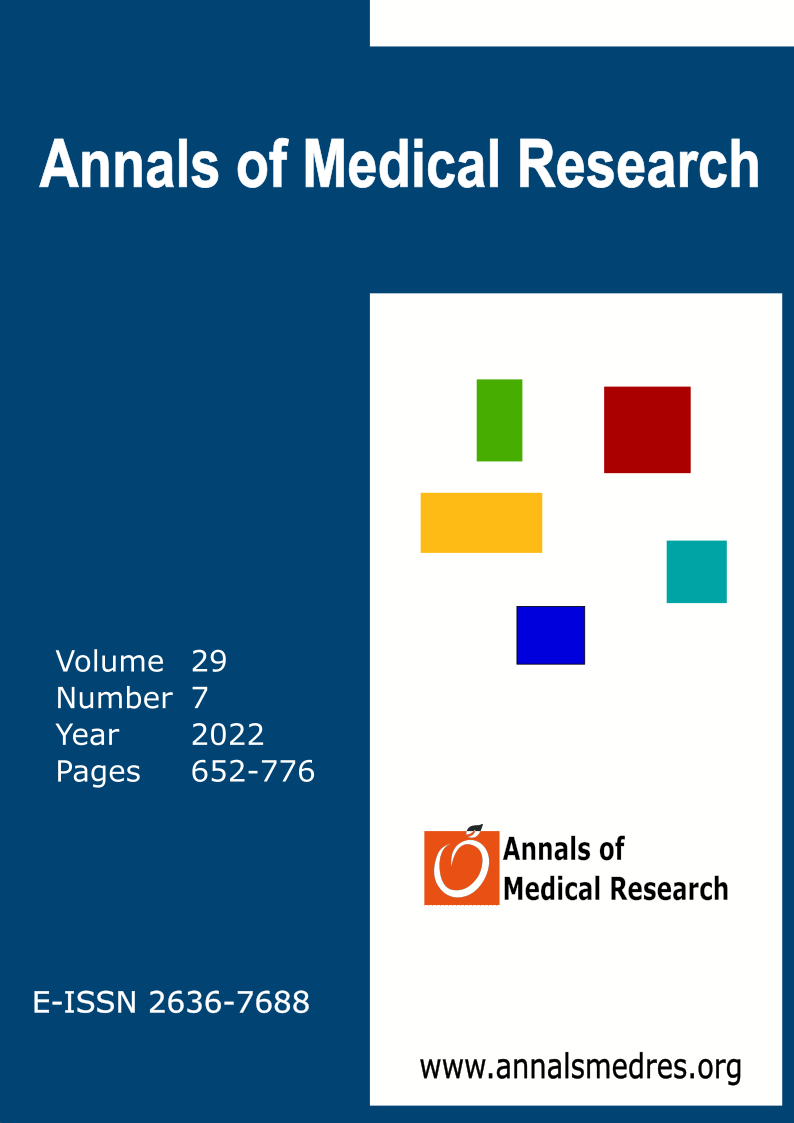Comparison of umbilical coiling index in term pregnancies with and without fetal growth restriction
Keywords:
Coiling index, Fetal growth restriction, Perinatal care, Ultrasonographi, Umbilical cordAbstract
Aim: To investigate pregnancies with and without fetal growth restriction, giving birth after 37 weeks of gestation in terms of umbilical coiling index and neonatal outcomes.
Materials and Methods: Twenty-nine patients with fetal growth restriction and 46 patients who have normal pregnancy and delivered after the 37th week of gestation were recruited in this study. The umbilical coiling index was measured by ultrasound, following the patients who were hospitalized for delivery.
Results: There were statistically significant differences between the groups regarding to umbilical artery pulsatility index, gestational age at delivery and birth weight of the newborn. The need for a cesarean section because of non-reassuring fetal condition was statistically significantly higher in the fetal growth restriction group. The mean antenatal umbilical coiling index in fetal growth restriction and control patients was 0.29±0.08 and 0.27±0.08, respectively and the difference was not statistically significant.
Conclusion: There was no statistically significant difference between the patients diagnosed with and without fetal growth restriction who delivered after the 37th gestational week, regarding the umbilical coiling index and perinatal outcomes, except umbilical artery pulsatility index, gestational age at birth and birth weight of the newborn.
Downloads
Published
Issue
Section
License
Copyright (c) 2022 The author(s)

This work is licensed under a Creative Commons Attribution-NonCommercial-NoDerivatives 4.0 International License.
CC Attribution-NonCommercial-NoDerivatives 4.0






